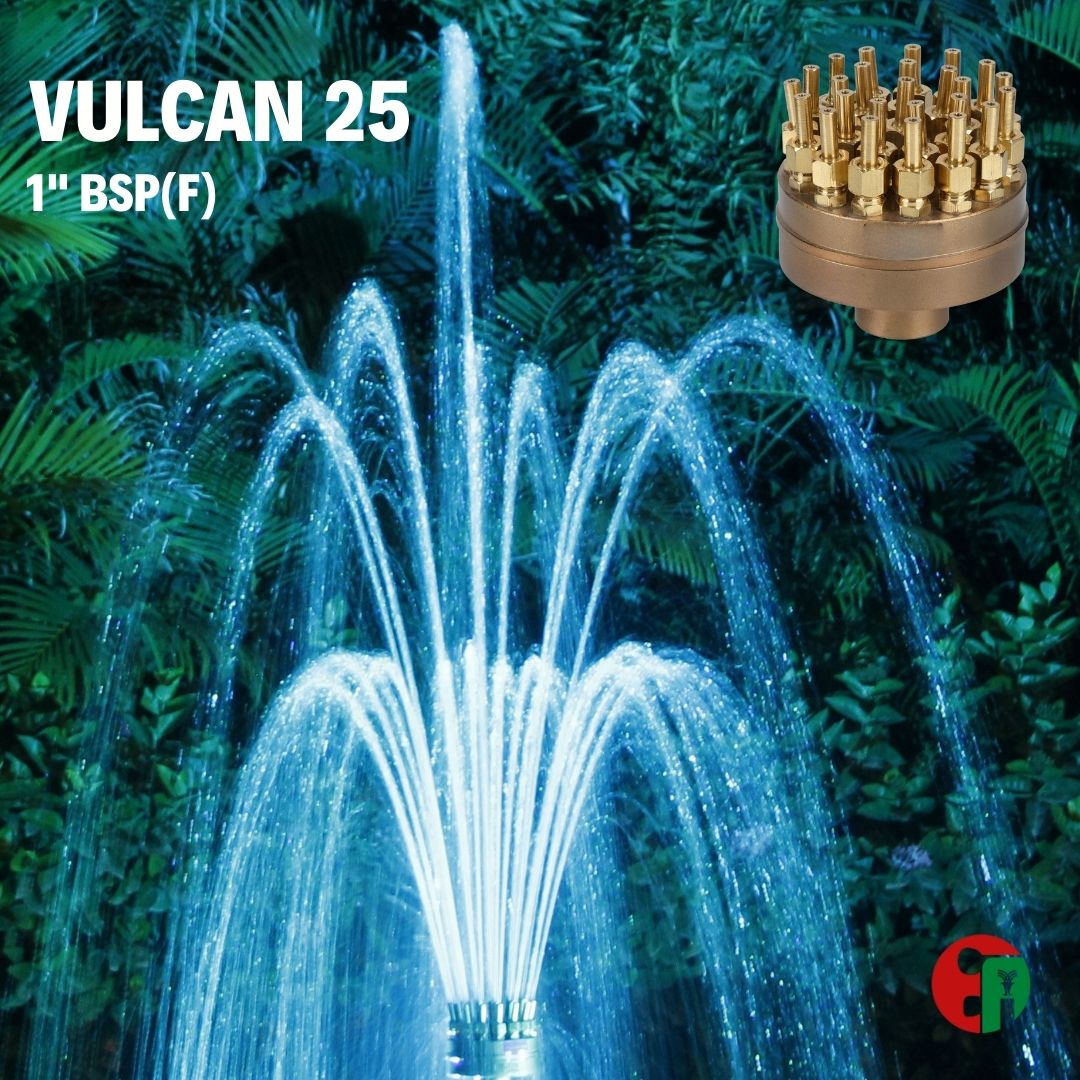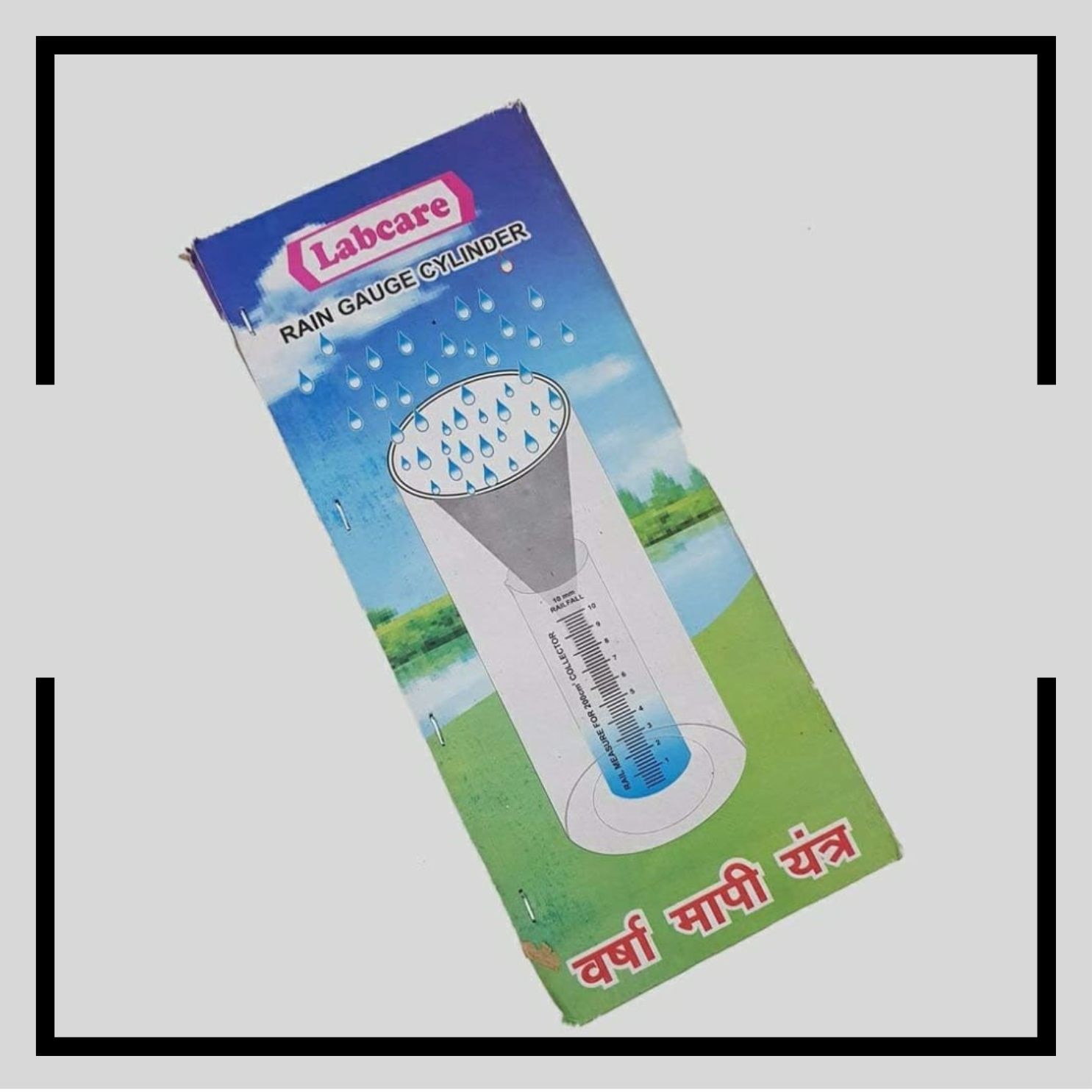A three-tier fountain nozzle is a type of fountain nozzle that produces a cascading water effect in three distinct tiers or levels. It creates an aesthetically pleasing water display where water flows from one tier to another, creating a visually appealing and soothing effect. The three-tier fountain nozzle achieves its effect through a combination of water pressure and carefully designed nozzle openings. Here's a general explanation of how it works: Water Supply: The fountain is connected to a water supply system, such as a pump or a pressurized water source, which provides the necessary water pressure to operate the fountain. Nozzle Design: The three-tier fountain nozzle is specifically designed with multiple levels or tiers. It typically consists of a central nozzle surrounded by outer tiers or rings. Each tier has its own set of nozzle openings. Water Pressure: The water pressure from the water supply system is directed through the nozzle openings. The pressure propels the water out of the nozzles and into the air, creating a continuous flow. Cascading Effect: The design of the nozzle openings on each tier determines the shape and direction of the water streams. As the water shoots out of the nozzles, it forms distinct arcs or jets that fall gracefully from one tier to the next. Water Recycling: Typically, the water that falls from the upper tiers is collected in a basin or reservoir at the base of the fountain. From there, it is recirculated back to the water supply system through a pump, creating a continuous cycle. The specific design and configuration of the three-tier fountain nozzle may vary depending on the manufacturer and the desired effect. Some fountains may also incorporate lighting effects or adjustable water flow to further enhance the visual appeal. Overall, the three-tier fountain nozzle achieves its stunning effect by combining water pressure, carefully designed nozzle openings, and a cascading water flow, resulting in a beautiful and captivating display of moving water.


